Products
Electronic surveillance, also known as electronic surveillance, is the practice of using electronic devices to monitor and record activity or communications. This approach has gained prominence due to the rapid development of digital technology, which enables real-time collection of data and information. From closed-circuit television cameras (CCTV) in public places to tapped phone lines, electronic surveillance has changed the way authorities monitor, investigate and prevent criminal activity.
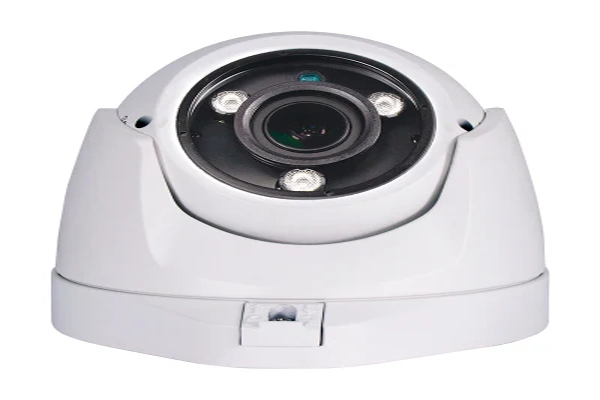

CAMERA | |
Image sensor | 1/1.8"SONY 6.29 Mega Progressive scan Exmor CMOS |
Min.illumination | Min.illumination 0Lux/F1.4 (IR ON);Color: 0.08Lux/F1.4,B/W:0.03Lux/F1.4
|
IR distance | IR distance 30-35M (IR leds:30SMD leds @35M)
|
Electronic shutter | Electronic shutter Auto/ Manual(1/25~1/10000), FLK |
Day/ Night R/N ratio ≥50db (AGC OFF) Defog | ICR switch, auto, color, B/W, ext
|
Lens | 2.8-12mm zoom lens |
Lens interface | Φ14
|
Output | AL/NTSC adjustable
|
PWDR | DWDR(Off/Low/Middle/High) |
Light board control | Auto/ Manual/Off |
3D N/R | Off/Low/Middle/High/Higher |
AUDIO/VIDEO COMPRESSION | |
Video compression | H.265/H.264/MJPEG |
H.265 Encoding | Main Profile |
Encoding features | NTSC: main stream: 2592X1944@30fps, sub-stream: D1@30fps PAL: main stream: 2592X1944@25fps, sub-stream: D1@25fps |
Max. Resolution | 2592X1944 |
Video bit rate | Constant bit rate, variable bit rate (16kbps~8000kbps) |
NETWORK | |
Network protocol | TCP/IP, UDP, HTTP, DHCP, RTSP, DDNS, NTP, PPPoE, UPnP, SMTP, FTP |
Access protocol | ONVIF, GB28181 (optional) |
Video preview meanwhile | 4 |
INTERFACE | |
Analog video output | 1CH 1.0Vp-p complex video output
|
Audio | Line input/output
|
Alarm input | 2CH input
|
Alarm output | 1CH output |
Reset | Support |
TF card | Support, max 128G, Micro SD(SDHC /SDXC) card local-storage |


Benefits Of Electronic Surveillance
One of the major benefits of electronic surveillance is its role in enhancing public safety. Surveillance cameras are increasingly being installed in cities, airports and shopping malls to act as a deterrent and help authorities identify and apprehend criminals. These cameras help in the prevention and investigation of crimes, serve as evidence in court proceedings and contribute to the overall maintenance of law and order. In many cases, the mere presence of surveillance cameras can act as a psychological barrier, greatly reducing criminal activity.
Additionally, electronic surveillance has proven to play an important role in counterterrorism efforts. Governments around the world utilize advanced surveillance systems to monitor potential threats and gather intelligence about individuals or groups involved in terrorism. These measures help prevent terrorist attacks, disrupt terrorist networks, and keep citizens safe. Electronic surveillance technology has played an important role in identifying and apprehending individuals involved in the planning and execution of terrorist acts.
Another important aspect of electronic surveillance is its impact on individual privacy. While surveillance technology has undoubtedly enhanced security, there are also concerns about invasions of privacy. Critics argue that the widespread use of surveillance cameras and other electronic surveillance methods violates the right to privacy, often subjecting innocent people to constant surveillance. Striking a balance between security and privacy is critical to ensuring that surveillance measures do not infringe on civil liberties.
 Low Voltage Metal Cabinet Power Supply Switch Box Rainproof Electrical Distribution Box
Low Voltage Metal Cabinet Power Supply Switch Box Rainproof Electrical Distribution Box 6W 12W 18W SMD 5730 LED Glass Panel Light
6W 12W 18W SMD 5730 LED Glass Panel Light High Lumens 2 Years Warranty All Wattage IP65 Waterproof 30W 50W 60W 80W 100W 150W 200W LED Street Lighting
High Lumens 2 Years Warranty All Wattage IP65 Waterproof 30W 50W 60W 80W 100W 150W 200W LED Street Lighting


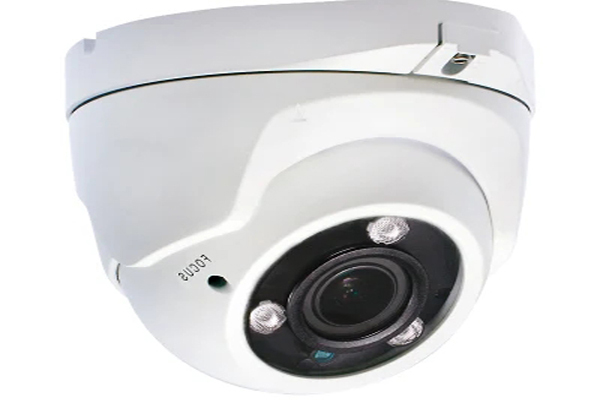
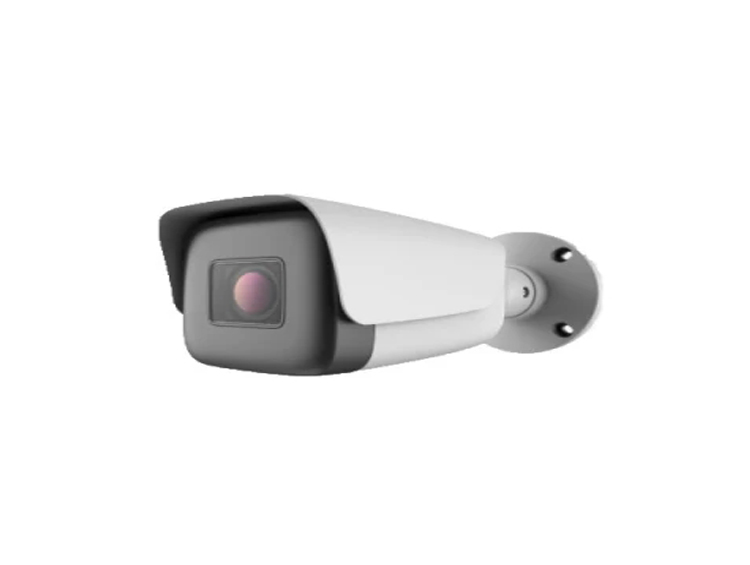 2MP Super Starlight Motorized IR Bullet CCTV Security Surveillance IP Camera
2MP Super Starlight Motorized IR Bullet CCTV Security Surveillance IP Camera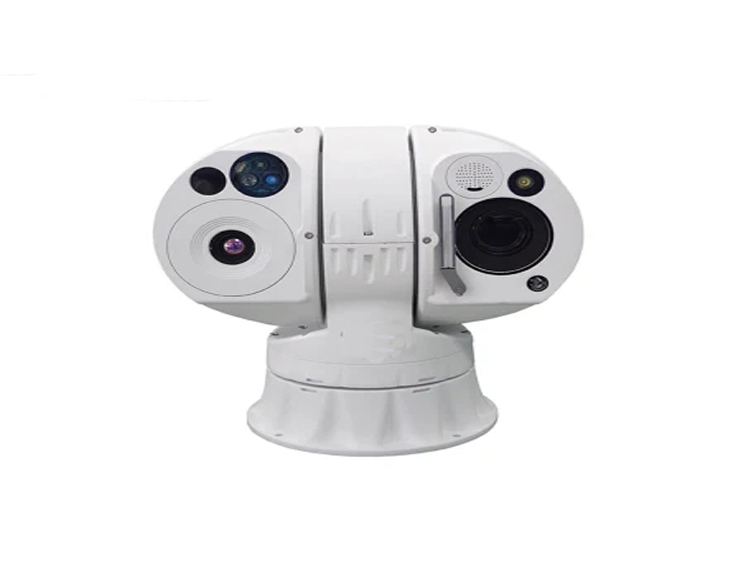 Long Distance Security Surveillance Multi Sensor Thermal Camera
Long Distance Security Surveillance Multi Sensor Thermal Camera 2MP Smart AI Intelligent Network Video IR IP Camera
2MP Smart AI Intelligent Network Video IR IP Camera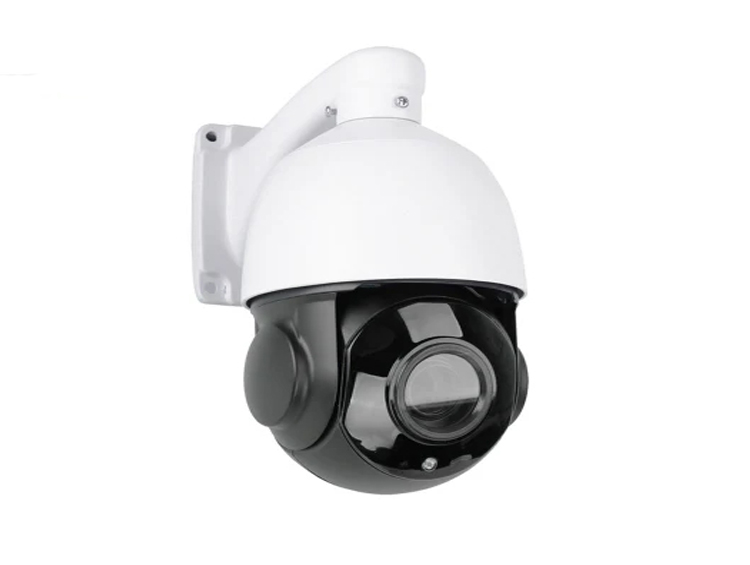 HD 1080P Waterproof 5MP 360 Analogue PTZ Camera professional 20X
HD 1080P Waterproof 5MP 360 Analogue PTZ Camera professional 20X Aluminum Foil Shielded EV High Voltage Power Cable
Aluminum Foil Shielded EV High Voltage Power Cable
